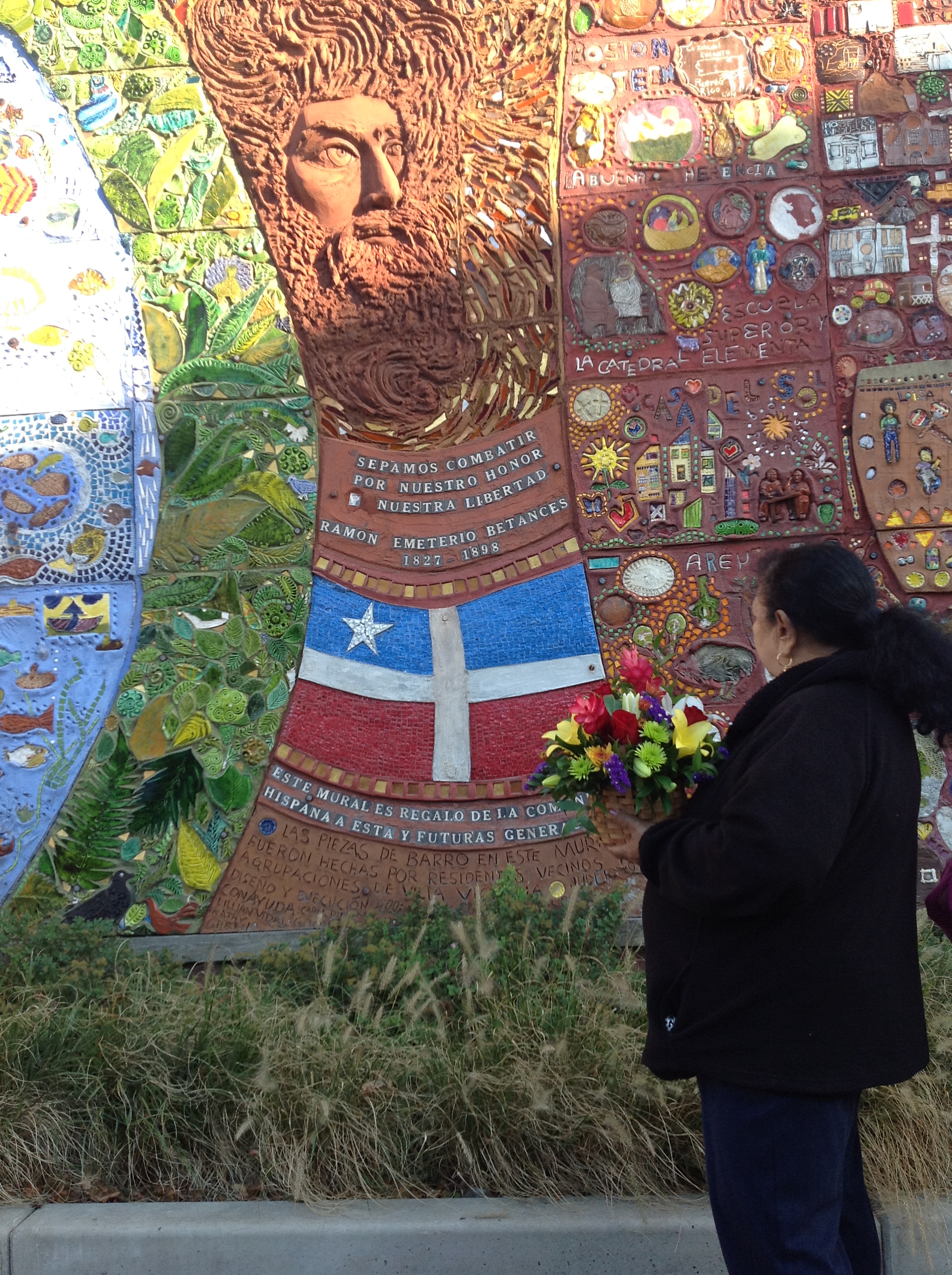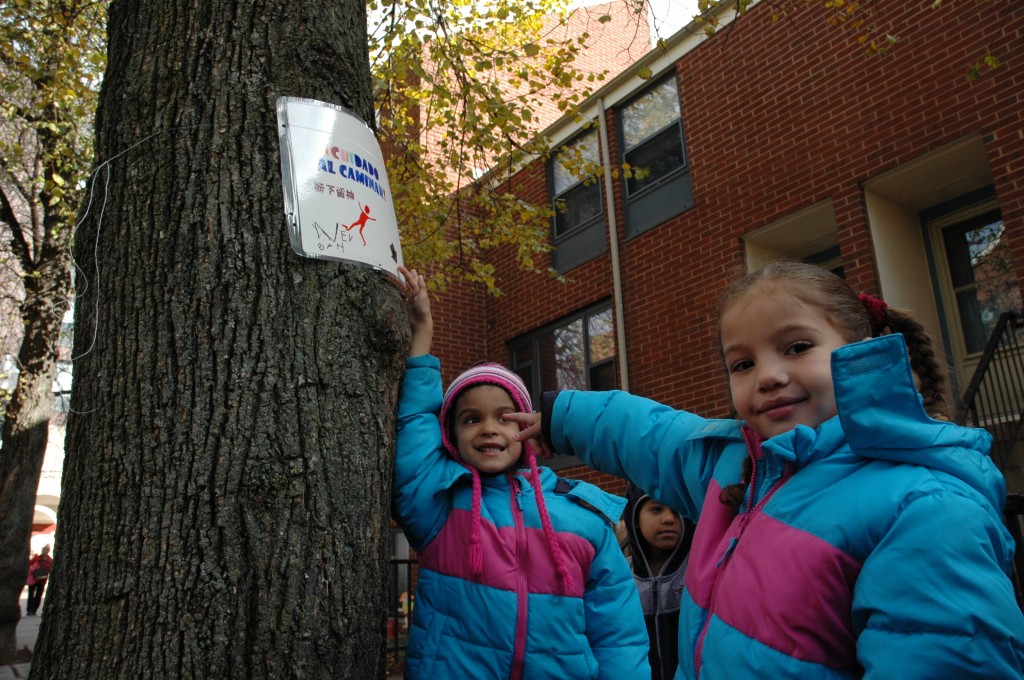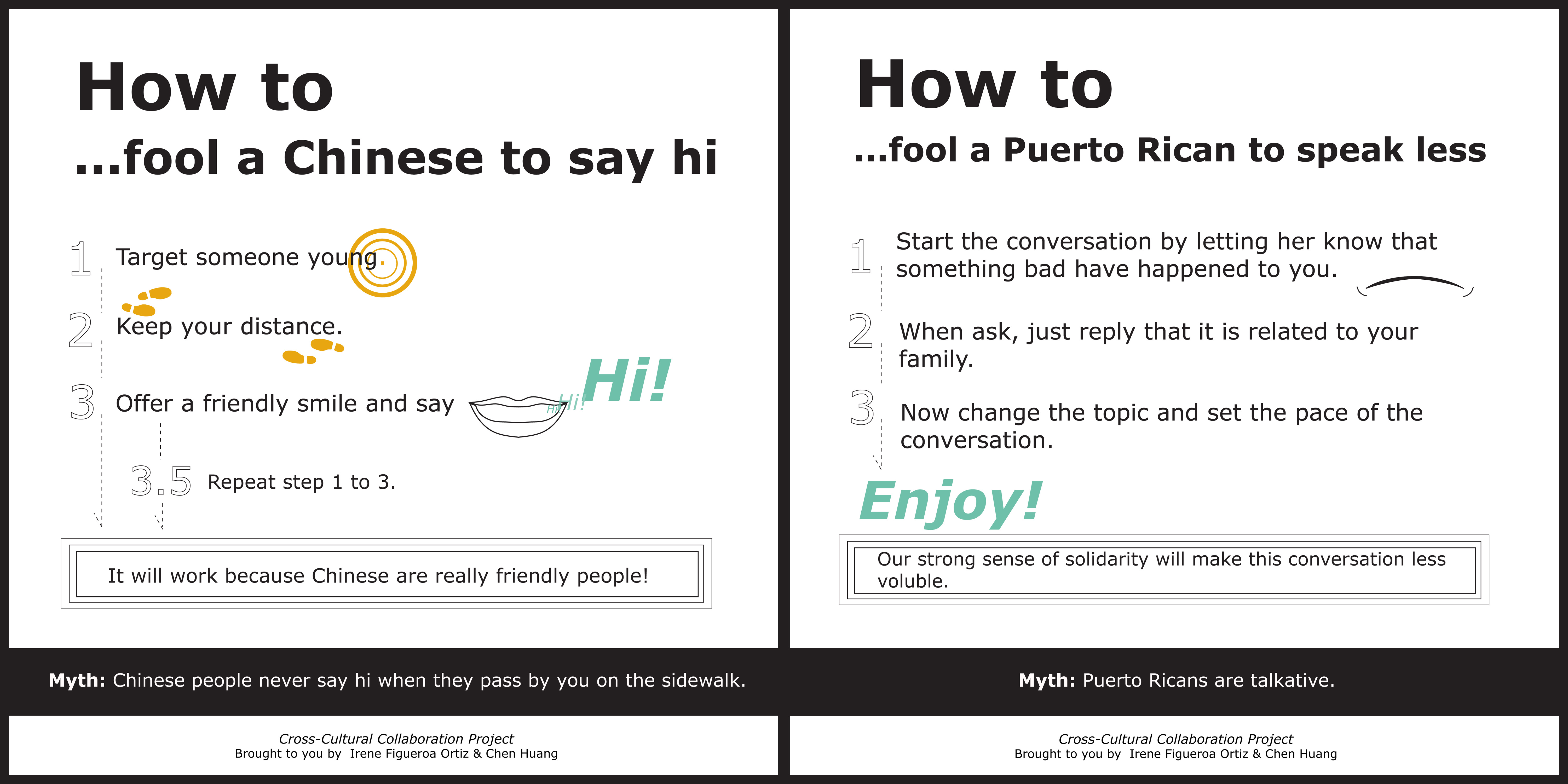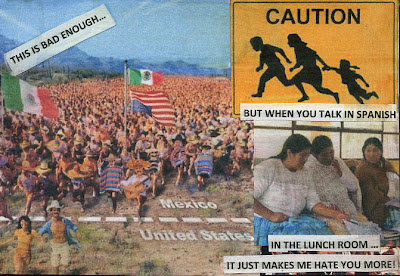Networked Urbanism
design thinking initiatives for a better urban life
apps awareness bahrain bike climate culture Death design digital donations economy education energy extreme Extreme climate funerals georeference GSD Harvard interaction Krystelle mapping market middle east mobility Network networkedurbanism nurra nurraempathy placemaking Public public space resources Responsivedesign social social market Space time time management ucjc visitor void waste water Ziyi
Posts by Figueroa, Irene
During November, I have led a series of urban planning workshops with different programs of IBA (Villa Victoria). The workshops became platforms for residents to see the community through a new perspective in which they can map problems and propose solutions for future developments. Given the time constraint only one of the workshops has been taken to a design stage. The students of Escuelita Boriken hand-painted street signs in which they alert residents of bumps and cracks on sidewalks of their community. The event granted 5 year-old students the unique opportunity to act on their built environment and transform it in a positive way.
 Villa Victoria community member in front of Betances Mural
Villa Victoria community member in front of Betances Mural
This past week after my weekly visit to Villa Victoria and interviewing Anabel Vazquez-Rodriguez, curator and gallery manager in Villa Victoria Center for the Arts, two things became clear. The immigration of non-Puerto Rican groups to Villa Victoria is a recent phenomenon that still have not been mapped or deeply researched. Secondly, the existing monument of the community (Betances Mural) exclusively represents the Puerto Rican population. Today’s Villa Victoria presents a more diverse panorama with a large Chinese community, most of which speak Cantonese Anabel also mentioned that 2nd and 3rd generations of former residents have moved to the outskirts of Boston, being replaced by other cultural groups. The next step is to unveil this demographic change, and understand how it is or will affect existing community structures. Anabel also brought to my attention a documentary project on Villa Victoria ran this past summer by a grad student at MIT . I am excited to learn more about her conclusions on today’s Villa Victoria.
This past week we had the opportunity to visit the Villa Victoria housing project in South End. From multiple talks, we learned that the former mostly Puerto Ricans community has changed over time to a more diverse demography. What used to be a purely Puerto Rican community now has a big Chinese community and other Hispanic ethnics. Some of the questions raised by this visit were:
How can you reduce segregation?
How can we create conditions that would make people interact outside their own cultural groups?
How can we make people collaborate with people outside their own cultural group?
These questions led to a one-day workshop where Chen Huang (from China) and I (from Puerto Rico) sat down and talked about our cultural backgrounds in order to find common grounds. The exercise helped us identify three main issues that threaten cross-cultural interactions; myths, cultural differences, and lack of trust. In order to create a ground for cross-cultural interactions it is necessary to equip each group with tools to understand and deal with their differences. The image above was a result of the exercise.
If the future is sharing information, resources, and physical spaces, how can we facilitate the process of sharing in cross cultural interactions? Multiple studies reveal that in urban settings where different cultural groups coexist there are high levels of segregation and a lower use of the public space. Cultural frictions can translate into racism, violence, xenophobia, and become obstacles for development. At a global scale, intolerance for other people’s ways of life has resulted in ethnocide. Wades Davis in his Ted Talk Dreams from Endangered Cultures encourages us to value our ethnosphere as it is humanity’s great legacy. In this lecture Davis quotes Margaret Mead’s greatest fear, “as we drifted towards this blandly amorphous generic world view not only would we see the entire range of the human imagination reduced to a more narrow modality of thought, but that we would wake from a dream one day having forgotten there were even other possibilities.”
Tolerance and respect for other people’s way of living can start being address at an urban scale. Cross cultural interactions are battlegrounds where notions of tolerance and respect get tested. During the semester I plan to develop strategies to encourage and facilitate these interactions.
Figueroa, Irene
It appears that Figueroa, Irene hasn't tweeted anything yet.


